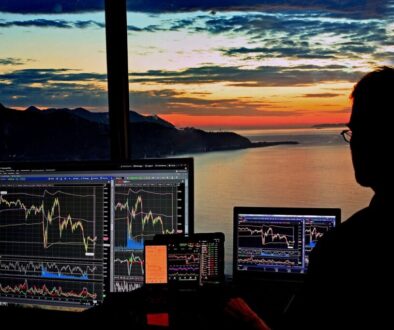Impact of the digital revolution on remote work
Traditional workers struggled to log off in the early days of remote work and were consumed by work. Despite the outbreak of the pandemic in 2020, things have irrevocably changed. In addition to workers and businesses adapting to the new norm of working from home, productivity tools have also evolved. Many companies use employee monitoring software to set transparent and fair expectations for employees and staff.
Burnout and stress increased as the line between work and private life blurred. In contrast, some employees noticed that they clocked in later than usual and took more breaks when working from home.
It is not a new concept, but remote workers have increased the demand for employee monitoring software. This poses some privacy concerns, however.
There needs to be explicit information provided to those with specific software installed on their smartphones and work computers.
Check on How is remote desktop access is on your network settings? If you neglect to get this, you create shortcomings; you break representatives from working if you neglect to empower it.
As a remote employee, I took screenshots of the websites I visited, the documents I wrote, and the social media sites I visited almost every few minutes. It also mapped out my travels, including a 2-hour short break I took to a nearby park during a weekday.
Sales and productivity dropped because employees were not as responsive to work emails or customer tracking. The implementation of employee monitoring software led to an increase in productivity immediately.
As a result of the sudden shift in work from home and the speed with which companies had to change their workflow to suit the needs of a domestic workforce, there were a few hiccups along the way.
Work-life balance in 15-minute increments will help you to be more productive.
It was nice not to have to commute long distances during the pandemic. Research indicates that pandemic measures have permanently changed attitudes and expectations despite some people returning to their physical workplaces. It seems young people want at least some remote work.
In remote employment, you may be hired for a solo project. As such, you will have to effectively manage yourself and stay on track without much input from others.
According to a survey of commuters in Australia and New Zealand, attitudes toward public transport became more negative during the pandemic and have not fully recovered. In the researchers’ words: “Most likely, the COVID-19 pandemic is highly disruptive for many commuting commuters and could provide a unique opportunity to shape transportation habits.”
We expect the battle against commuting, significantly longer commutes, to continue throughout next year and beyond. As a result of eliminating commuting, a new reality will emerge: people choose to live, Remote work, and play within 15 minutes of their homes.
The “15-minute city” concept was initially proposed by Sorbonne professor Carlos Moreno and is already part of Paris’ infrastructure plan. Within 15 minutes of their homes, city residents will be able to perform six essential functions: living, working in your space, shopping, health care, education, and recreation. Several other cities, such as Shanghai, Singapore, and Melbourne, have tested similar 15-minute city models.
Equal opportunity at work
Businesses and people leaders face the challenge of treating their employees equally and somewhat no matter where they are. Teleworkers have a more challenging time participating fully in hybrid meetings.
Teleworkers need access to the right tools to ensure their connection and development. Tools range from collaboration software to professional video conferencing equipment.
Also, the location and structure of meetings may need to be changed. Even if some people are physically in an office, it might be more fair and productive for everyone to consult in specific meetings.
Rather than real-time brainstorming and physical whiteboarding, a period of asynchronous brainstorming on a digital channel and the inclusion of organization-wide ideas, followed by several hours of discussion and refinement in available video conferencing.
It will be challenging to manage the change and complexity that will follow COVID. Those organizations, however, that embrace change achieve greater resilience and productivity thanks to their openness to new ways of working remotely and the benefits they offer.


